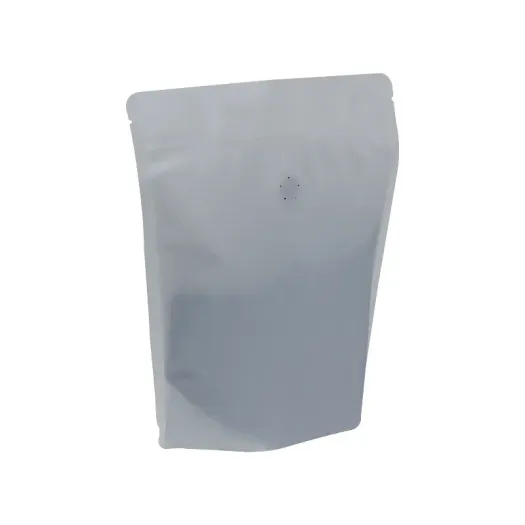Innovative Solutions for Sustainable Agricultural Packaging to Enhance Food Safety and Reduce Waste
The Role of Agricultural Packaging in Modern Farming
In the ever-evolving landscape of agriculture, packaging plays a pivotal role that is often overlooked. Agricultural packaging refers to the materials used to encase agricultural products, pre- and post-harvest, to ensure their safety, sustainability, and marketability. This article explores the various aspects of agricultural packaging, including its importance, types, innovations, and future trends.
Importance of Agricultural Packaging
Agricultural packaging serves multiple critical functions. Primarily, it protects crops and products from physical damage during storage and transportation. Fresh produce is particularly susceptible to bruising, while grains and cereals are vulnerable to moisture, pests, and fungal infections. Appropriate packaging acts as a barrier against these threats, thereby reducing spoilage and waste.
Moreover, packaging plays a vital role in extending the shelf life of agricultural products. Technologies such as vacuum sealing and modified atmosphere packaging help slow down the degradation process of perishable goods. This not only benefits producers by maximizing profit but also consumers by ensuring fresher products at the point of sale.
Furthermore, packaging serves as a medium for branding and marketing. In an increasingly competitive marketplace, how a product is packaged can significantly influence consumer choices. Bright colors, eco-friendly materials, and informative labels can attract attention and convey messages about quality and sustainability. As shoppers become more environmentally conscious, appealing to these values through packaging can significantly impact purchasing decisions.
Types of Agricultural Packaging
There is a wide variety of agricultural packaging options available, tailored to different types of products. Some common categories include
1. Field Packaging This involves packaging materials used during harvesting and initial processing. Examples include burlap sacks for grains and crates for fruits and vegetables. These materials are designed for durability and easy handling in farm environments.
2. Transport Packaging Once products leave the farm, they require packaging that can withstand the transportation process. This includes corrugated boxes, pallets, and crates that ensure stability and protection during transit.
3. Retail Packaging This type of packaging is designed for presentation and consumer appeal. It often incorporates aesthetic elements, branding, and nutritional information. Innovative designs such as clear plastic containers or eco-friendly options are becoming increasingly popular in retail environments.
agricultural packaging

4. Biodegradable and Sustainable Packaging With growing concerns about plastic pollution, there has been a rise in biodegradable packaging materials made from natural substances such as cornstarch or mushroom mycelium. These materials break down easily and contribute less to environmental waste.
Innovations in Agricultural Packaging
Recent advancements in technology have ushered in new innovations in agricultural packaging. Smart packaging is one of the most exciting developments, integrating sensors that monitor the condition of the product inside. These sensors can detect changes in temperature, humidity, or even gas composition, providing real-time information to producers and consumers regarding the freshness and quality of the product.
Another innovation is the development of active packaging, which actively interacts with the product to enhance its shelf life. This can include materials that release antimicrobial agents or absorb excess moisture, further protecting the contents.
Future Trends in Agricultural Packaging
As we look to the future, several trends are likely to shape the agricultural packaging landscape. First, the increasing emphasis on sustainability will drive the development of more eco-friendly materials. Industries are pressured to reduce their carbon footprint, and packaging made from recycled or plant-based materials will become more prevalent.
Moreover, e-commerce is transforming how agricultural products are packaged. With more consumers opting for online grocery shopping, packaging must be not only protective but also suitable for aesthetic presentation when unboxing.
Lastly, the integration of digital technologies such as QR codes on packaging offers consumers an avenue to access information about the product’s origins, nutritional facts, and preparation tips. This transparency not only builds trust with consumers but also enhances their overall shopping experience.
Conclusion
In conclusion, agricultural packaging is far more than just a protective barrier; it is an essential component that influences quality, marketability, and sustainability of agricultural products. As the agricultural sector continues to innovate and adapt to changing consumer demands, packaging will play a crucial role in ensuring that food is not only safe and fresh but also appealing and environmentally friendly. Embracing these advancements in agricultural packaging will be vital for the future of the industry, benefiting both producers and consumers alike.













